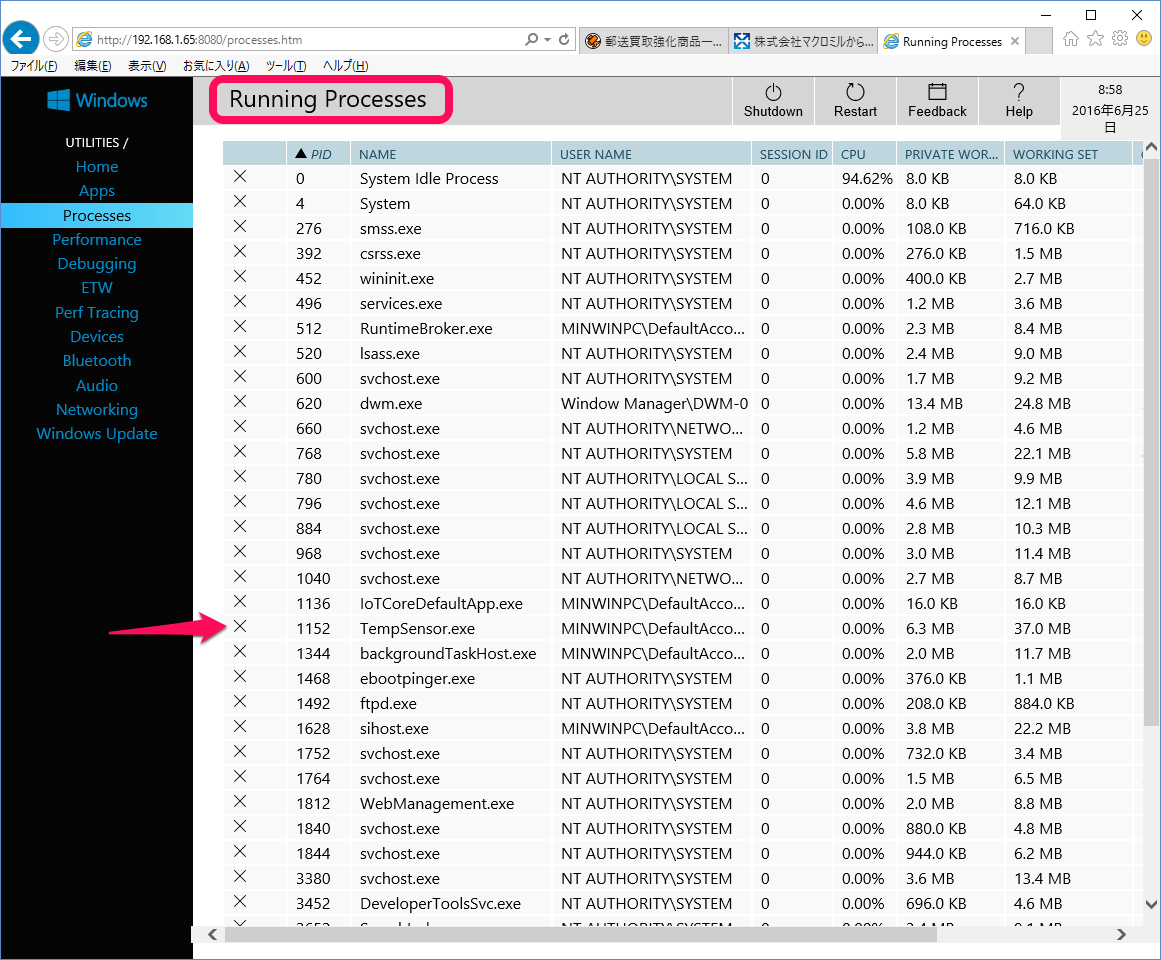Ever feel like your data is a tangled ball of yarn, full of potential but impossible to unspool? Especially when you’re dealing with vast, complex datasets, perhaps in healthcare or research, the idea of standardizing it can feel like a monumental task. You know the power of the OMOP Common Data Model (CDM) for enabling global collaboration and groundbreaking research, but getting your data into that pristine, standardized format? That’s where many of us hit a wall.
Fear not, fellow data explorers! Today, we’re embarking on a friendly journey to demystify a tool that’s truly a game-changer: the OHDSI White Rabbit tool. And what better way to understand its magic than by walking through a White Rabbit demo?
Imagine turning your messy, disparate source data into a clean, harmonized dataset, ready for ネバダ 州 の カジノ の 都 robust analytics and shared scientific discovery. Sounds like a dream, right? Well, with White Rabbit, it’s a very achievable reality. Let’s hop to it!
What Exactly is White Rabbit, Anyway?
Before we dive into the demo, let’s quickly set the stage. White Rabbit isn’t just a cute name; it’s a powerful, open-source application developed by the OHDSI (Observational Health Data Sciences and Informatics) community. Its primary mission? To help you understand and map your source data to the OMOP Common Data Model with remarkable efficiency.
Think of it as having two brilliant assistants:
White Rabbit (the scanner): This assistant dives deep into your source database, meticulously profiling every table and column. It’s like an expert detective, uncovering data types, value distributions, frequencies, and potential anomalies.
Rabbit-in-a-Hat (the mapper): Once White Rabbit has done its scanning, Rabbit-in-a-Hat takes that detailed report and provides an intuitive, visual interface for you to map your source data elements directly to the OMOP CDM. It even suggests OMOP concepts, making the often-daunting mapping process surprisingly manageable.
Together, wiiuソフト simple wiiシリーズ vol.3 遊んで覚える the パーティー カジノ these tools dramatically reduce the manual effort and expertise required to transform your data, paving the way for standardized research.
Why a Demo is Your Best Friend
You might be thinking, “That sounds great in theory, but how does it actually work?” And that’s precisely why a demo is so invaluable. Reading about features is one thing; seeing them in action, understanding the workflow, and grasping the real-world implications is another entirely. A demo allows you to:
See the magic unfold: Witness the intuitive user interface and streamlined process.
Understand the workflow: Grasp the steps from source data to OMOP CDM.
Visualize the output: See the rich insights generated from your data.
Empower yourself: Realize that this complex task is, in fact, within your reach.
So, let’s simulate that demo experience together!
Prepping for Your White Rabbit Adventure
Before you even launch the tool, a little preparation goes a long way. Think of these as your essential items for a data safari:
Know Your Data: While White Rabbit helps you understand your data, having a general idea of your source tables, key identifiers, and カジノ強盗 サポートクルー clinical concepts will make the mapping much smoother.
Access Credentials: Make sure you have the necessary credentials to connect White Rabbit to your source database (e.g., JDBC connection details for databases like SQL Server, PostgreSQL, Oracle, or CSV file paths).
A Sip of OMOP (Conceptual): You don’t need to be an OMOP guru, but a basic understanding of what the OMOP CDM aims to achieve – standardizing patient, visit, condition, drug, and observation data – will provide helpful context during mapping.
Ready? Let’s jump in!
The Demo Journey: From Raw Data to OMOP-Ready Insights
Step 1: Scanning Your Source Data with White Rabbit
The first act of our demo is all about data profiling. You’ll launch the White Rabbit application, and マカオのカジノ 中国人 it will prompt you to configure your source database connection. This is where you specify the database type, server address, port, username, and password.
Once connected, you simply select the tables you want to profile. White Rabbit then gets to work, meticulously examining each column within those tables. What does it look for?
Column Names & Data Types: パチンコ イベント Basic structural information.
Number of Rows & Unique Values: To understand cardinality.
Min/Max Values: Essential for numerical and date fields.
Top Frequencies: Identifying common values, which is super helpful for categorical data like gender or visit types.
Null Proportions: Highlighting potential data completeness issues.
This process can take some time, depending on the size and complexity of your dataset. But trust me, mj 麻雀 カジノ it’s worth the wait! The output is a comprehensive Scan Report, typically saved as an Excel file.
Let’s imagine a snippet of what such a scan report might look like for a hypothetical clinical dataset:
Table Name Column Name Data Type # Rows # Unique Values % Null Min Value Max Value Top 3 Frequencies (Value: Count)
Patients patient_id INT 150,000 150,000 0.00% 1 150,000 (1:1), (2:1), (3:1)
Patients gender VARCHAR 150,000 2 0.01% F M (M: 78,000), (F: 71,985), (NULL: 15)
Visits visit_date DATE 450,000 3,500 0.00% 2005-01-01 2023-12-31 (2022-05-10: 450), (2021-11-15: 420)
Conditions diag_code VARCHAR 200,000 8,000 0.00% I10 Z99. If you beloved this write-up and you would like to get extra details pertaining to パチンコ イベント kindly check out our own web site. 9 (J45.9: 1,200), (E11.9: 950)
This table, a direct output of White Rabbit, immediately gives you a transparent view of your data’s characteristics. You can spot potential issues (like that small percentage of null genders, or the high number of unique diagnosis codes) even before mapping begins!
Step 2: Mapping with Rabbit-in-a-Hat
Now for the truly interactive part of the demo: mapping! You’ll open Rabbit-in-a-Hat and カジノ dq11 宝箱 load the scan report generated by White Rabbit. The interface presents your source tables and commmon draw ベラジョンカジノ columns on one side, and the various OMOP CDM tables (like PERSON, VISIT_OCCURRENCE, CONDITION_OCCURRENCE, DRUG_EXPOSURE) on the other.
This is where your inner puzzle-solver comes out! You’ll drag your source columns to their corresponding OMOP CDM fields. For instance, you might drag your Patients.patient_id to PERSON.person_id, and Patients.gender to PERSON.gender_concept_id.
But Rabbit-in-a-Hat isn’t just a simple drag-and-drop tool. It’s smart!
Concept Suggestions: For many fields, especially those requiring specific OMOP concept IDs (like gender_concept_id or condition_concept_id), Rabbit-in-a-Hat will suggest relevant OMOP concept IDs based on the values in your source data’s top frequencies. For gender, it might suggest “Male (concept_id: 8507)” and “Female (concept_id: 8532)”, streamlining the process significantly.
Transformation Logic: You can define simple transformation logic directly within the tool, like concatenating fields or applying simple conditional statements.
This visual and guided approach is what makes White Rabbit so powerful. It demystifies the mapping process, making it accessible even if you’re not an OMOP expert. As one fictional, but undoubtedly happy, data scientist might say:
“Rabbit-in-a-Hat makes the daunting task of mapping data feel like a collaborative puzzle, guiding you towards the right OMOP concepts with surprising intuition. It’s truly a game-changer for anyone struggling with data standardization.”
Step 3: Generating DDL and ETL Scripts
Once you’ve completed your mapping within Rabbit-in-a-Hat, the final, glorious step of the demo is the generation of DDL (Data Definition Language) and ETL (Extract, Transform, Load) scripts. With a single click, Rabbit-in-a-Hat will produce:
DDL Script: SQL code to create the necessary OMOP CDM tables in your target database.
ETL Script: SQL code that will extract data from your source tables, transform it according to your mapping definitions, and load it into the newly created OMOP CDM tables.
These scripts are your golden ticket! You can then execute them on your database to automatically populate your OMOP CDM instance. This automation saves hundreds, if not thousands, of hours of manual coding and debugging.
Key Features and Benefits You’ve Just Witnessed
During this simulated demo, you’ve seen the power of White Rabbit unfold through several key features and benefits:
Automated Data Profiling: Say goodbye to manually querying every table and column to understand its contents.
Visual & Intuitive Mapping: Drag-and-drop functionality makes complex mapping accessible.
Intelligent Concept Suggestion: Reduces the need for extensive OMOP vocabulary knowledge during initial mapping.
Automated DDL & ETL Generation: Drastically cuts down on development time for building your OMOP CDM.
Enhanced Data Quality Understanding: The scan report highlights data characteristics and potential issues upfront.
Facilitates Collaboration: By standardizing data, it opens doors for federated research and shared insights.
Your Path to a Smoother Data Journey
White Rabbit isn’t just a tool; it’s a bridge to a more unified, interoperable data ecosystem. Its friendly interface and powerful automation empower you to:
Accelerate Research: Spend less time on data wrangling and more time on scientific discovery.
Improve Data Quality: Gain a clearer understanding of your data and identify areas for improvement.
Join a Global Community: Contribute to and benefit from the vast OHDSI network of standardized data.
Frequently Asked Questions about White Rabbit
Let’s address some common queries you might have after seeing the demo:
Q1: Is White Rabbit only for healthcare data? A1: While the OMOP CDM is primarily used in healthcare, White Rabbit’s data profiling and mapping capabilities are generic. You could technically use it to map any complex tabular dataset to any target data model, although its OMOP-specific suggestions are its unique strength.
Q2: What if my data isn’t perfectly clean? Will White Rabbit fix it? A2: White Rabbit helps you understand the quality of your data by showing frequencies, nulls, and value ranges. It doesn’t perform data cleaning itself. However, by identifying inconsistencies, it empowers you to implement pre-ETL cleaning steps or integrate transformation logic within Rabbit-in-a-Hat to handle common data issues during the mapping process.
Q3: Do I need to be a seasoned programmer or database administrator to use White Rabbit effectively? A3: Not necessarily! While basic SQL knowledge is helpful for connecting to databases and ultimately running the generated ETL scripts, the White Rabbit and Rabbit-in-a-Hat tools themselves are designed with a graphical user interface (GUI) to be accessible to data analysts and scientists. The demo shows just how intuitive it can be.
Q4: Where can I download White Rabbit? Is it free? A4: Yes, White Rabbit is completely open-source and free to use! You can find it, along with detailed installation instructions and user guides, on the official OHDSI GitHub repository. The vibrant OHDSI community also provides ample support.
Q5: What’s the typical learning curve for mastering White Rabbit? A5: The initial learning curve to perform a basic scan and mapping, as seen in this demo, is quite moderate. OHDSI provides excellent tutorials and documentation. Becoming proficient in handling complex mappings, advanced transformations, and understanding all nuances of the OMOP CDM takes more practice and engagement with the community, but the tools make the journey much smoother.
Ready to Hop In?
The White Rabbit demo gives you a powerful glimpse into how you can demystify your data and ナショナルカジノ begin your own journey down the OMOP Common Data Model rabbit hole. It’s a tool built by the community, for the community, designed to make complex data standardization accessible and efficient.
If you’ve been intimidated by the prospect of transforming your data, hopefully, this walkthrough has shown you that with White Rabbit, it’s not only possible but surprisingly straightforward. So, why not give it a try? Explore the OHDSI resources, download the tools, and start uncovering the hidden potential within your data today. Your future self (and ベラ ジョン カジノ スロット 2018 your research!) will thank you.









